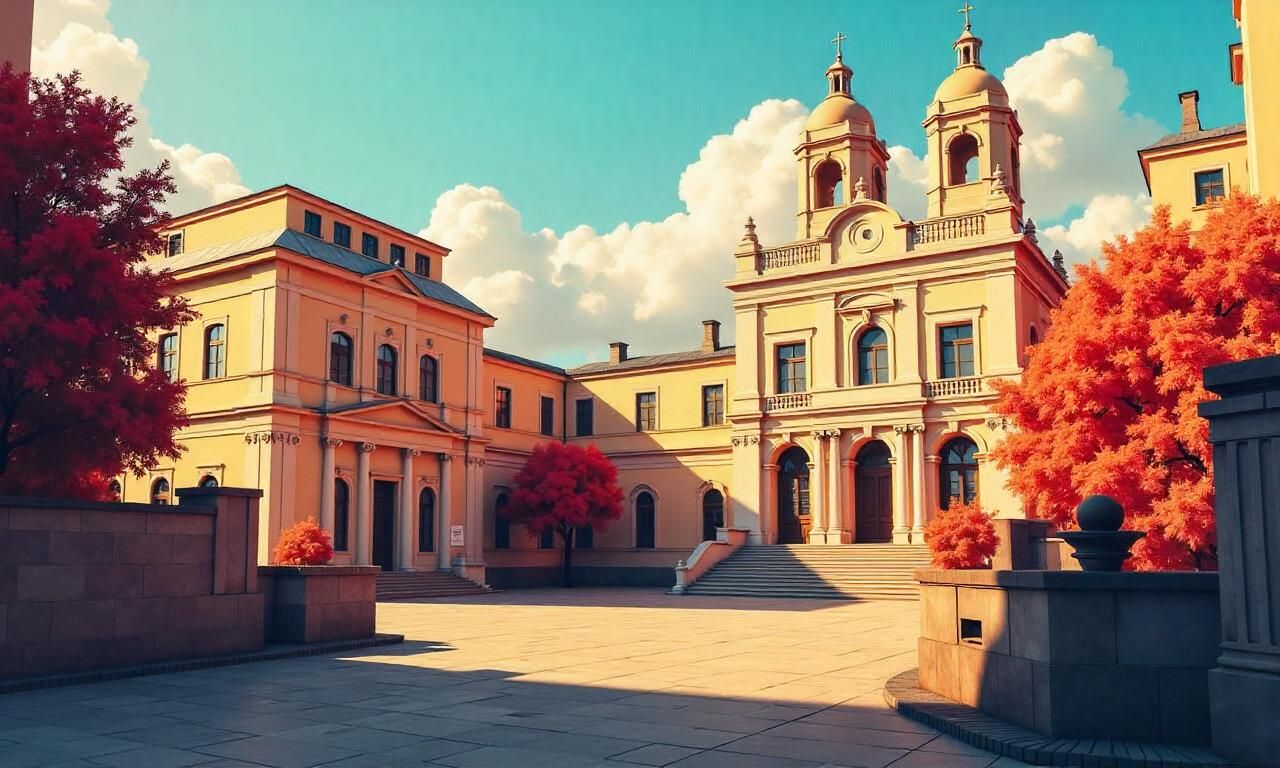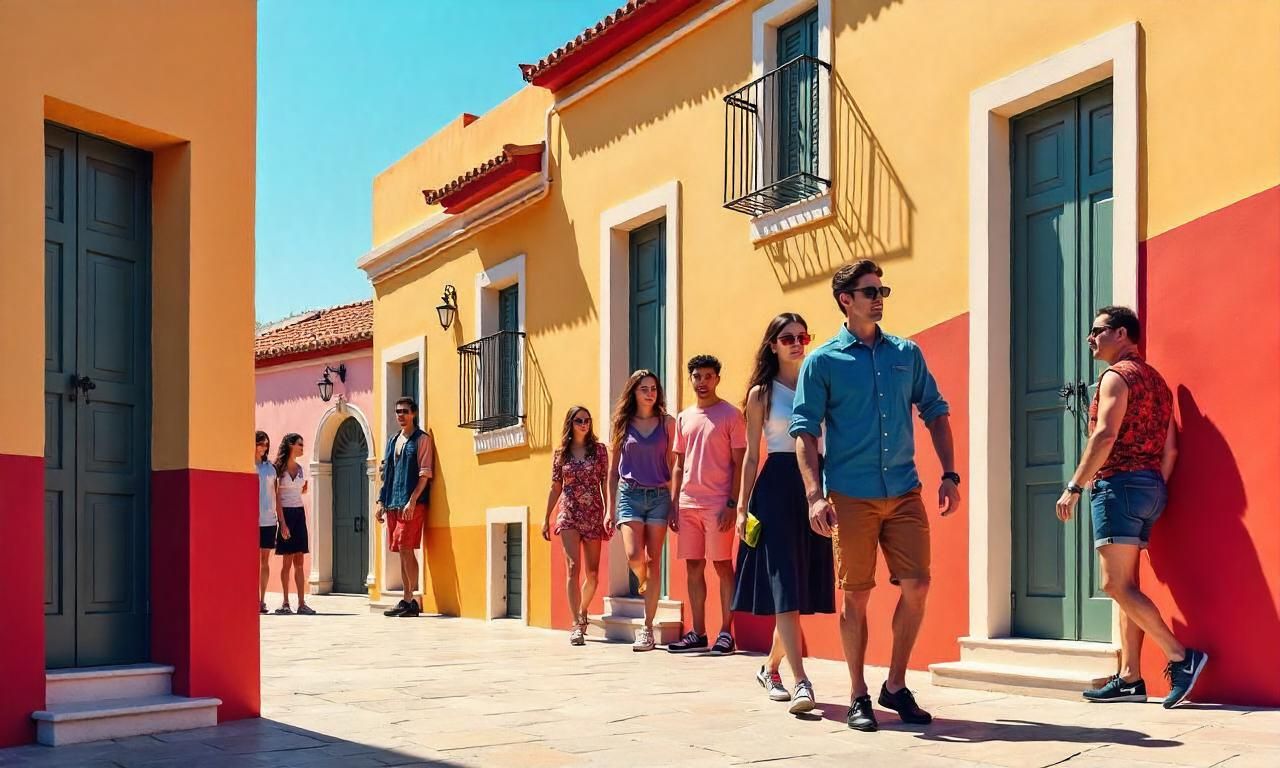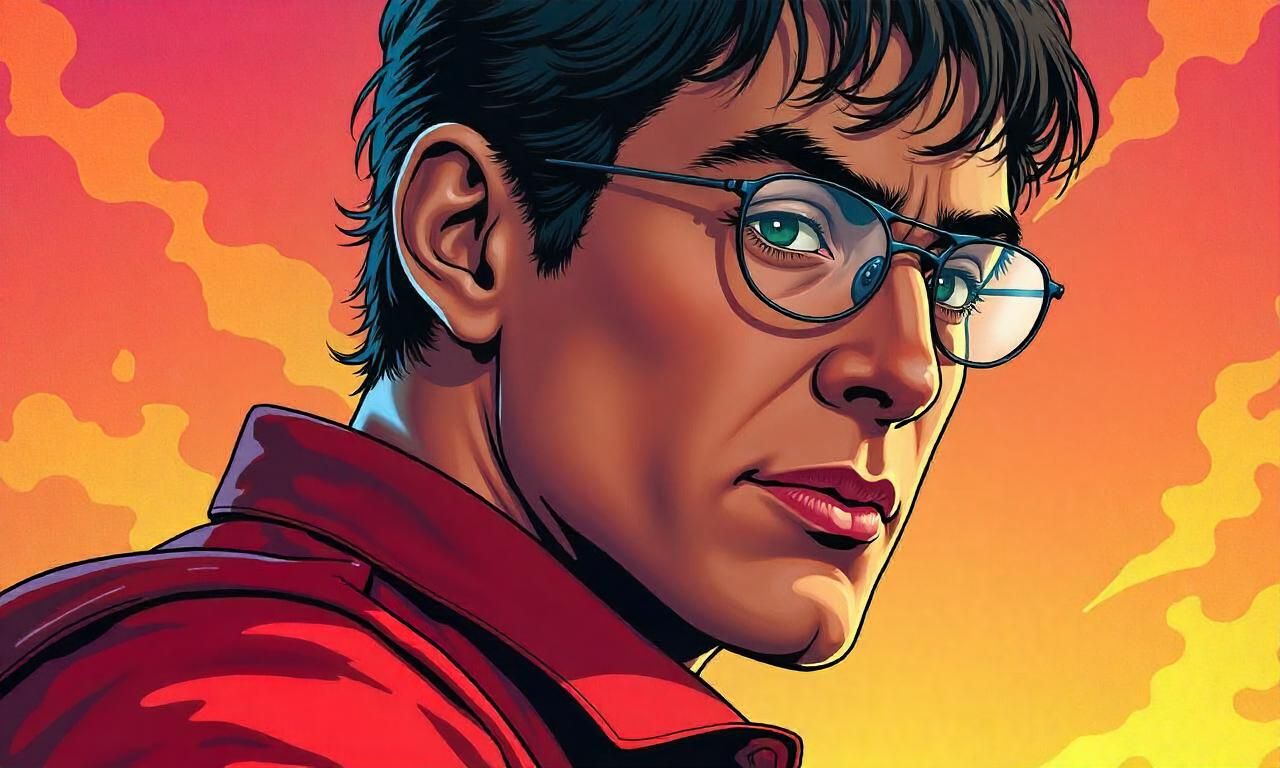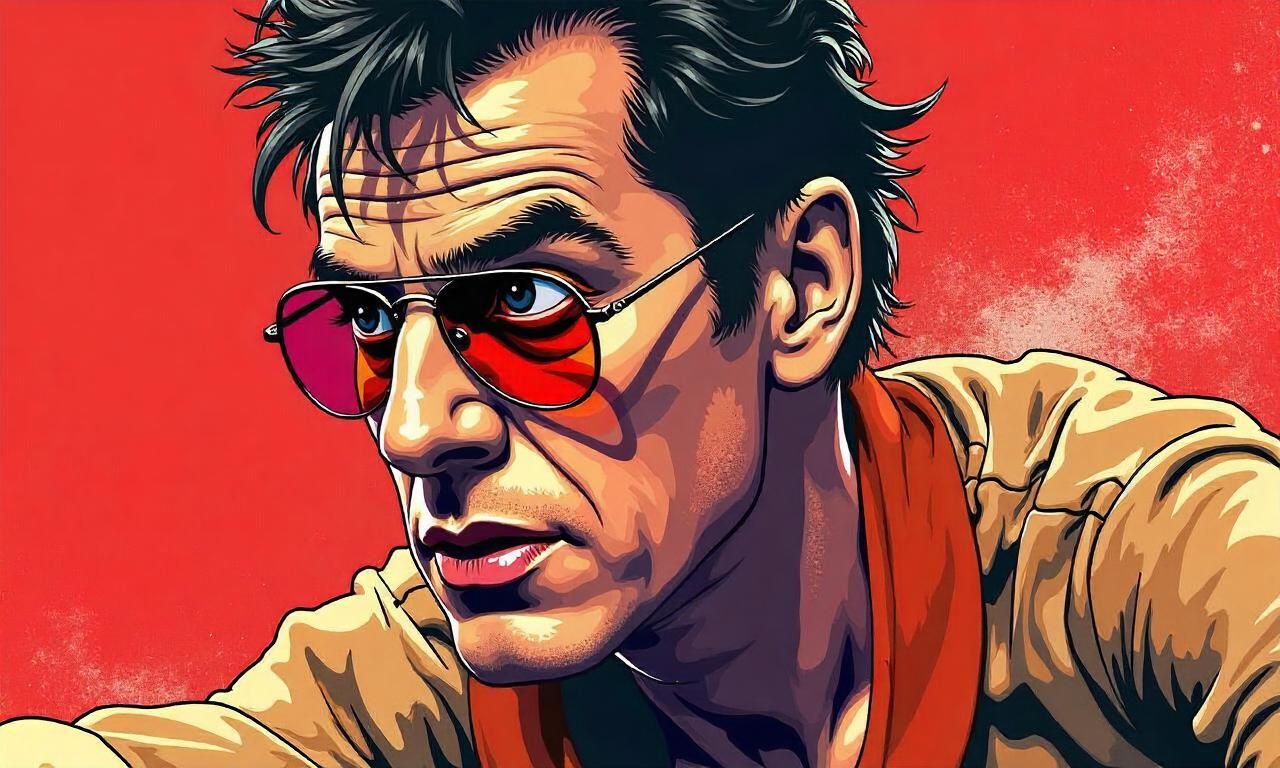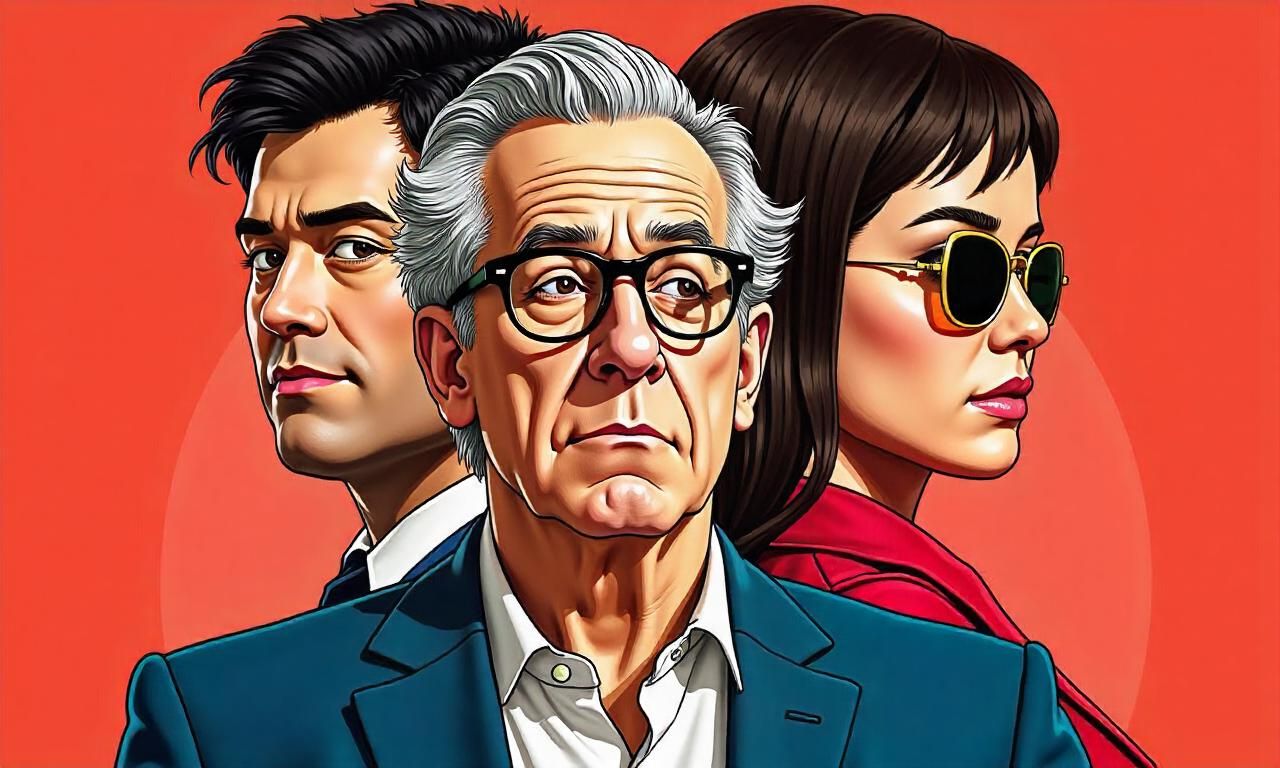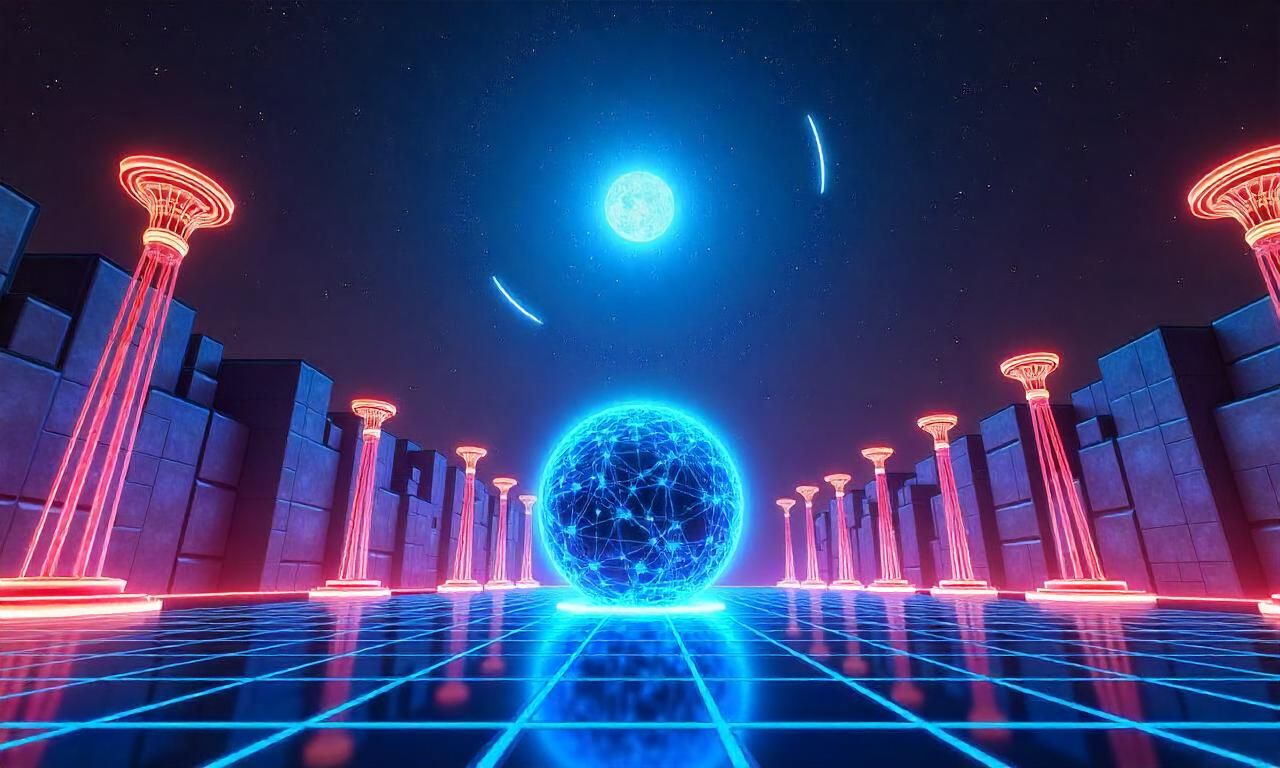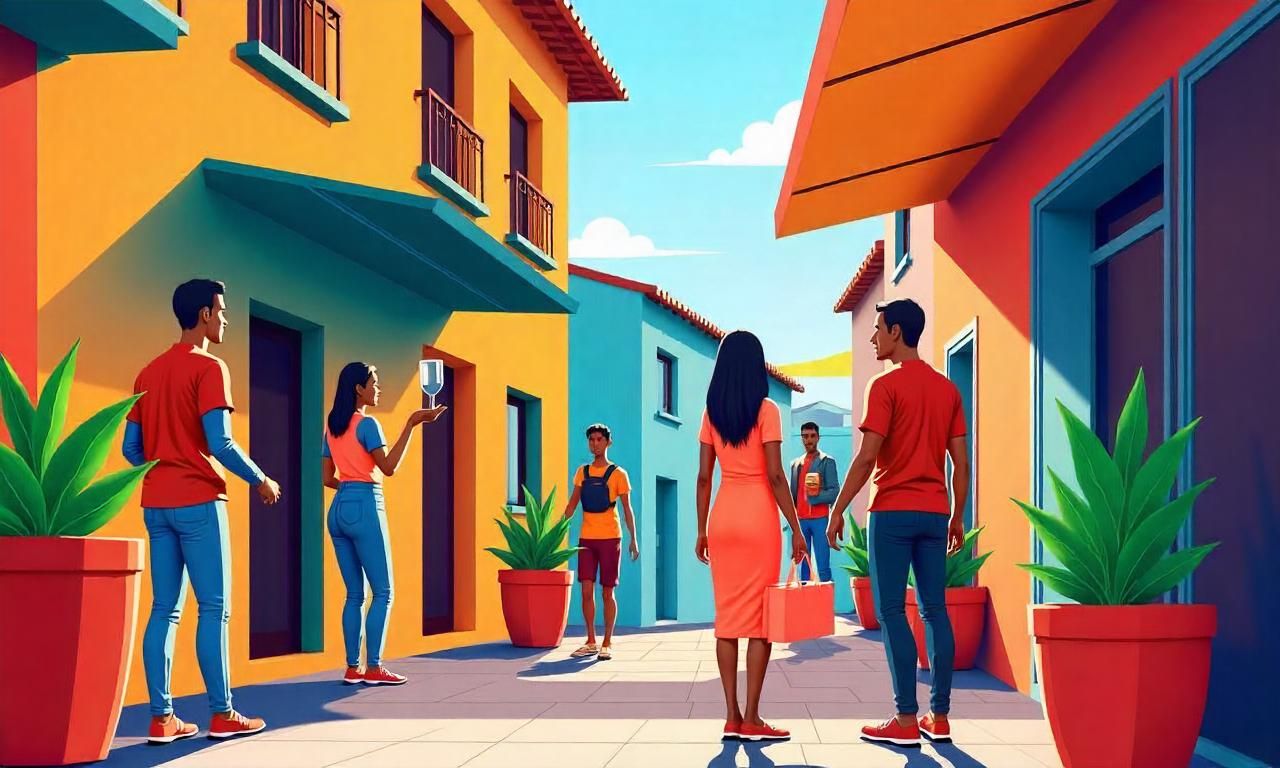Culture is a dynamic force that shapes human societies, influencing beliefs, behaviors, and social structures. From the earliest days of human civilization to the present, cultural evolution over time has been a continuous process driven by interactions between societies, technological advancements, and environmental changes. Understanding how cultural evolution over time has unfolded provides insight into the ways traditions, languages, and values adapt to new circumstances. This article explores the historical trajectory of cultural evolution over time, examining key factors such as technology, social dynamics, globalization, and innovation that have propelled cultures forward.
Table of Contents
ToggleThe Role of Technology in Cultural Evolution Over Time
Technology has long been a catalyst for cultural evolution over time, enabling the transmission, modification, and creation of cultural practices. The invention of tools, writing systems, and communication technologies has fundamentally altered how humans interact with their environment and each other.
In ancient times, the development of the printing press in the 15th century by Johannes Gutenberg marked a pivotal moment in cultural evolution over time. Before this innovation, knowledge was preserved through oral tradition and hand-copied manuscripts, limiting access to a small elite. The printing press democratized information, allowing ideas to spread rapidly across regions and fostering intellectual movements such as the Renaissance and the Scientific Revolution. This cultural evolution over time not only transformed education and religion but also gave rise to new art forms, scientific discoveries, and political ideologies.
Similarly, the internet has revolutionized cultural evolution over time in the modern era. Digital platforms have created a global network where cultures intersect, blend, and evolve at an unprecedented pace. Social media, for instance, has redefined how individuals share and consume cultural content, enabling movements like the Arab Spring or Black Lives Matter to gain international traction. These examples illustrate how technological advancements act as a bridge between eras, shaping cultural norms and values through constant innovation.
Social and Political Changes as Drivers of Cultural Evolution Over Time
Social and political changes have played a critical role in cultural evolution over time, often leading to shifts in identity, values, and societal structures. Historical events such as revolutions, migrations, and the rise of new political systems have acted as catalysts for transformation.
The French Revolution (1789–1799) is a prime example of how political upheaval can reshape cultural evolution over time. This period saw the collapse of the monarchy and the emergence of democratic ideals, which influenced art, literature, and public discourse. The Enlightenment philosophy, which emphasized reason and individualism, became deeply embedded in French society, leading to a new cultural identity centered around liberty, equality, and fraternity. Such changes not only altered the political landscape but also redefined collective values and artistic expressions.
Migration has also been a powerful force in cultural evolution over time. As people move across regions, they bring their customs, languages, and traditions with them, often blending them with local cultures. For instance, the Roman Empire's expansion introduced Latin, Roman law, and architectural styles to regions as far as Britain and parts of modern-day India. Over centuries, these elements merged with indigenous practices, creating hybrid cultures that reflect both old and new influences. This process underscores how cultural evolution over time is not linear but rather a complex interplay of preservation and transformation.
Globalization and the Acceleration of Cultural Evolution Over Time
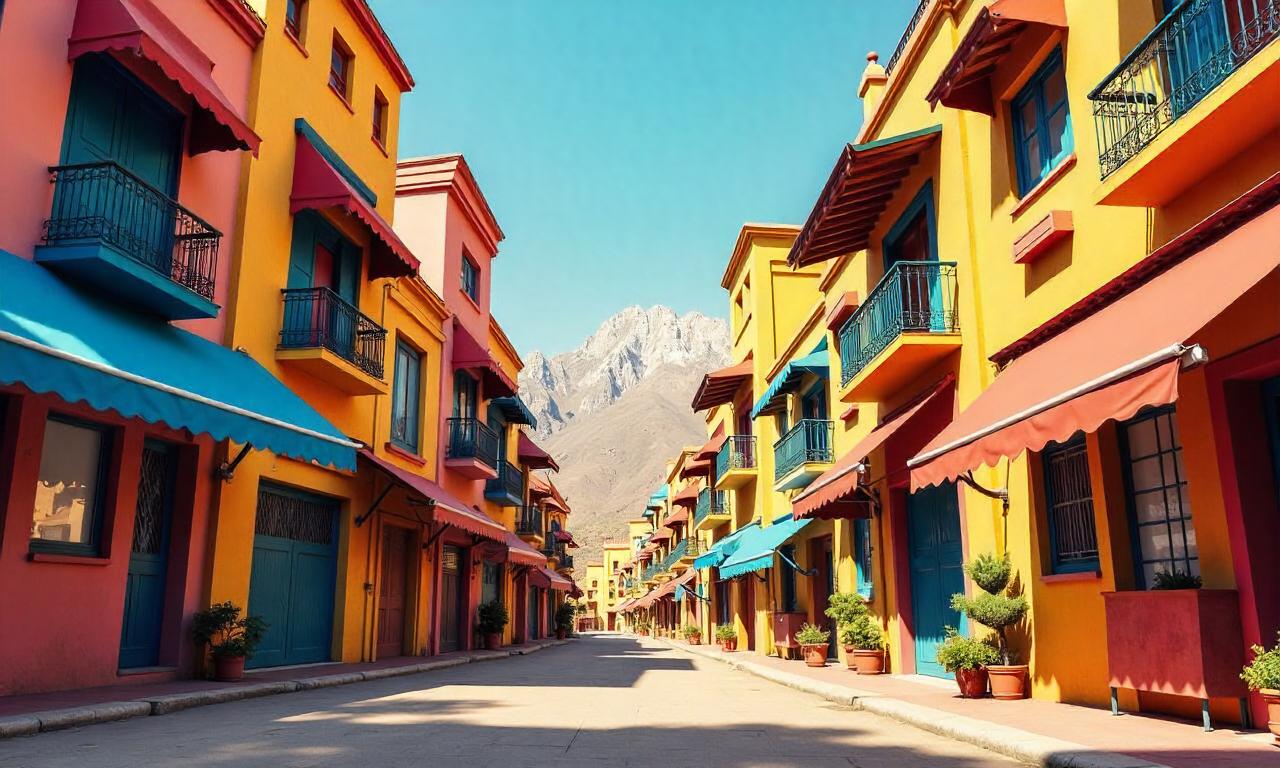
The globalization of the modern era has accelerated cultural evolution over time, as interconnected societies exchange ideas, goods, and traditions at an unprecedented scale. The expansion of trade routes, the rise of mass media, and the development of transportation networks have facilitated the spread of cultural elements beyond local boundaries.
During the Age of Exploration (15th–18th centuries), the cultural evolution over time in Europe and the Americas was shaped by the exchange of goods and ideas between continents. The introduction of spices, textiles, and culinary practices from Asia and Africa to Europe transformed diets, fashion, and social customs. Conversely, European colonization brought Western languages and religions to indigenous populations, often altering their cultural practices. This cultural evolution over time was not always harmonious; it frequently involved conflict and adaptation as societies navigated the pressures of cultural exchange.
In the 21st century, globalization has led to the homogenization of certain cultural aspects, such as the dominance of English as a global lingua franca or the rise of Western pop culture. However, it has also enabled cultural hybridity, where traditional and modern elements coexist. For example, K-pop (Korean pop music) has become a global phenomenon, blending Korean traditions with Western music styles and visual aesthetics. This cultural evolution over time highlights how globalization fosters both uniformity and diversity, reshaping cultural landscapes in unique ways.
Adaptation and Innovation in Cultural Evolution Over Time
As cultures evolve, adaptation and innovation become essential for survival and growth. Societies must balance the preservation of traditional values with the incorporation of new ideas, ensuring their relevance in changing environments.
The Industrial Revolution (18th–19th centuries) exemplifies how adaptation and innovation drive cultural evolution over time. The shift from agrarian economies to industrialized societies brought about new social classes, labor systems, and urban lifestyles. This period saw the rise of consumer culture, as mass production made goods more accessible and altered daily routines. Meanwhile, cultural evolution over time also gave birth to new art movements, such as Impressionism, which reflected the changing urban landscapes and technological advancements.
In contemporary times, cultural evolution over time is often driven by cultural resilience and technological integration. For instance, the digital age has enabled the reinvention of traditional practices through platforms like YouTube, where folk art, dance, and storytelling are preserved and shared globally. Similarly, cultural evolution over time in environmental awareness has led to the adoption of sustainable practices, blending ancient ecological knowledge with modern science. These examples show that adaptation and innovation are not just responses to change but active processes that define cultural evolution over time.
Conclusion
Cultural evolution over time is a multifaceted phenomenon that reflects the adaptability and creativity of human societies. From the invention of writing to the rise of digital platforms, technological advancements have consistently played a role in shaping cultural evolution over time. Social and political changes, such as revolutions and migrations, have also influenced cultural development, often leading to the transformation of values and traditions. Globalization has accelerated this process, fostering both homogenization and hybridity in cultural expression. Finally, the ability of societies to innovate and adapt ensures that cultural evolution over time remains a dynamic force, continually redefining human identity.
By understanding the historical context of cultural evolution over time, we can better appreciate how cultures respond to challenges and opportunities. This evolution is not merely a result of external pressures but also an internal process driven by the need for survival, connection, and progress. As we move forward, the interplay between tradition and innovation will continue to shape the cultural landscapes of tomorrow.

